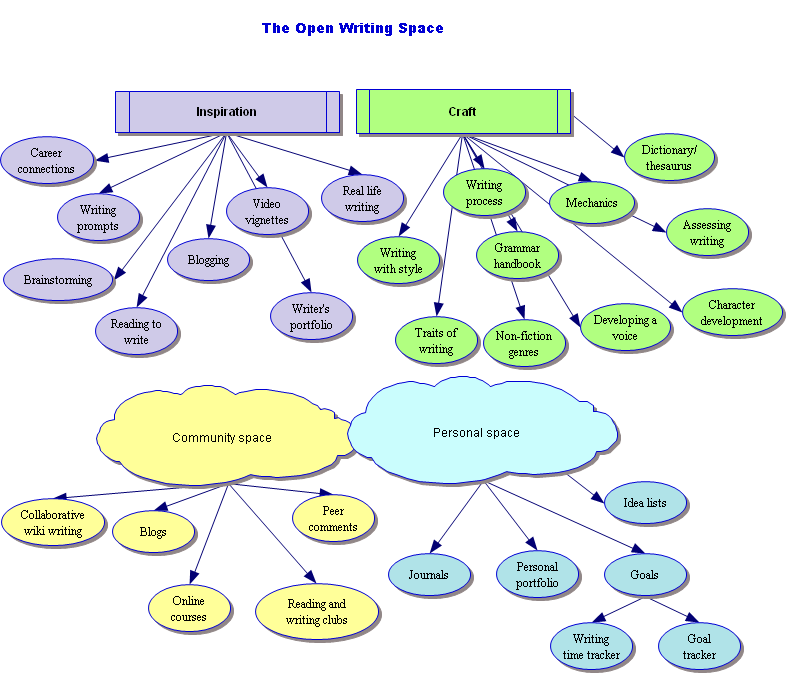Over the years, I have worked on a lot of large educational technology projects across all grade levels and subject areas. Many have been grant-funded; some have been funded through instructional materials or other school operating budgets. Most have involved a large number of teachers and students using technology in combination with extensive professional development and hardware and software purchases. Some have dramatically affected the teachers and students involved; others not as much.
On average, these projects are generally sustained for two or three years. At some point, they all seem to run out of steam, either because of an end to the funding, staff turnover, lack of political will, shifting trends, or mere entropy. All of the investment in these projects seems to evaporate without lasting benefits (except for what I optimistically hope is some long-term effect for those who participated). It is disappointing to think back on projects from 10 years ago and realize that none are still going. That seems to be the way of education.
What is enduring in education? Textbooks (or more generally, curriculum). This segment of education receives a huge amount of funding and is omnipresent in schools. Specifically, individual textbooks can stay in use for 7 or more years. Generally, textbooks can be found in almost every classroom and school in the world. It is hard to imagine school without textbooks. However, in recognition of the need to differentiate instruction and engage students, many of us believe that textbooks are less relevant to education than ever. If it weren’t for the political force of textbook publishers and departments of education, surely textbooks would have been cast aside by now because of their lack of efficacy.
What if some of the money, time, and effort that goes into the many fleeting ed tech programs or the long-lasting, but ineffective textbook resources were redirected to creating high quality curriculum resources that were open and accessible to everyone?
By being digital and open to everyone, these resources could have a greater impact than small, local projects that lack sustainability. By being digital, collaborative and customizable, these resources could be more engaging and more effective than most textbooks.
I would like to kick off a project to facilitate something like this. (More specifics to come.) If you are interested in participating, please contact me. I would welcome any ideas or help you might contribute. Some specific ideas for collaboration might include:
- brainstorming ideas
- identifying funding sources (I’m thinking of a combination of funding sources to include grants, school participation, and in-kind contributions.)
- contributing content
Let me know if you think this idea has “sticking”power.

